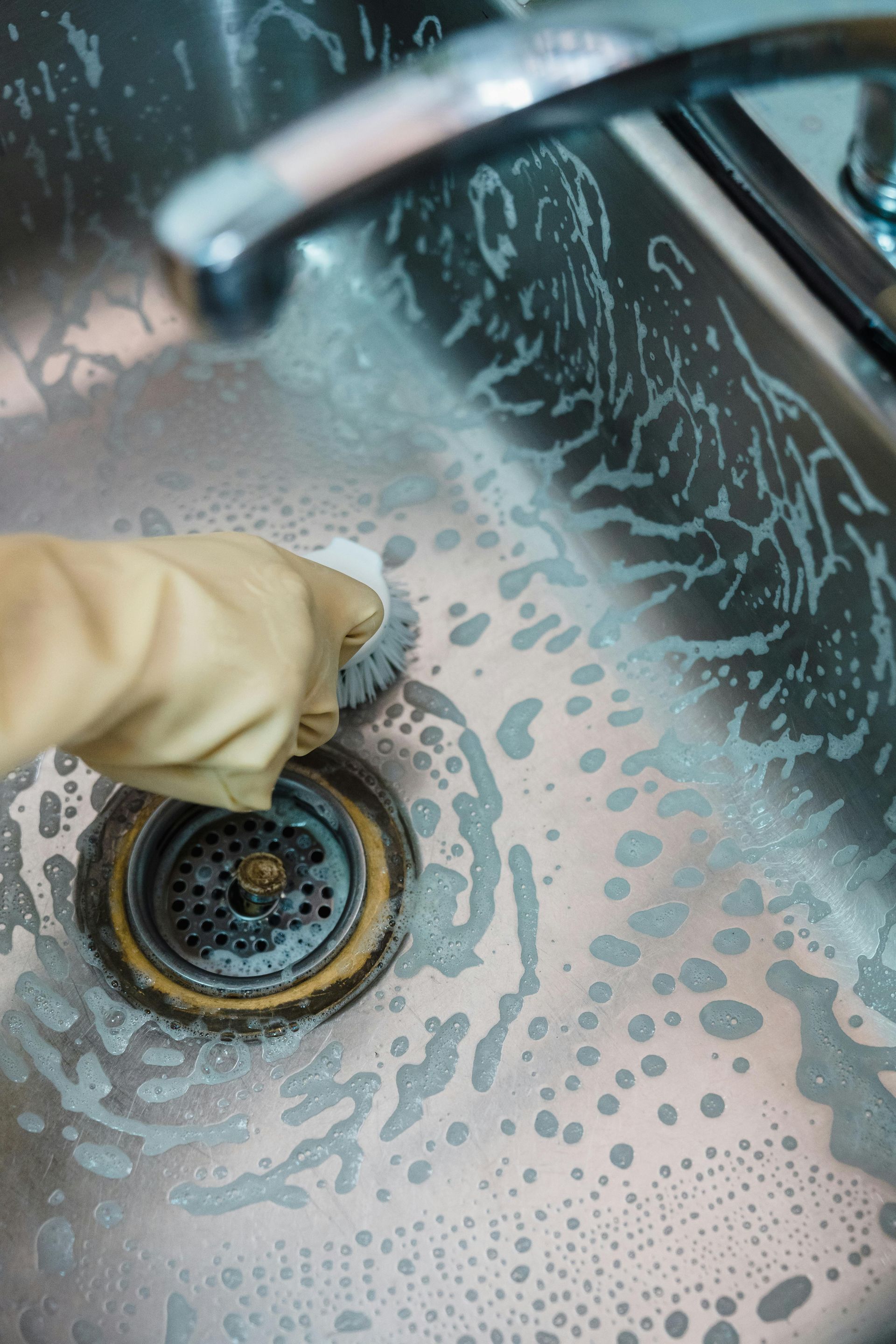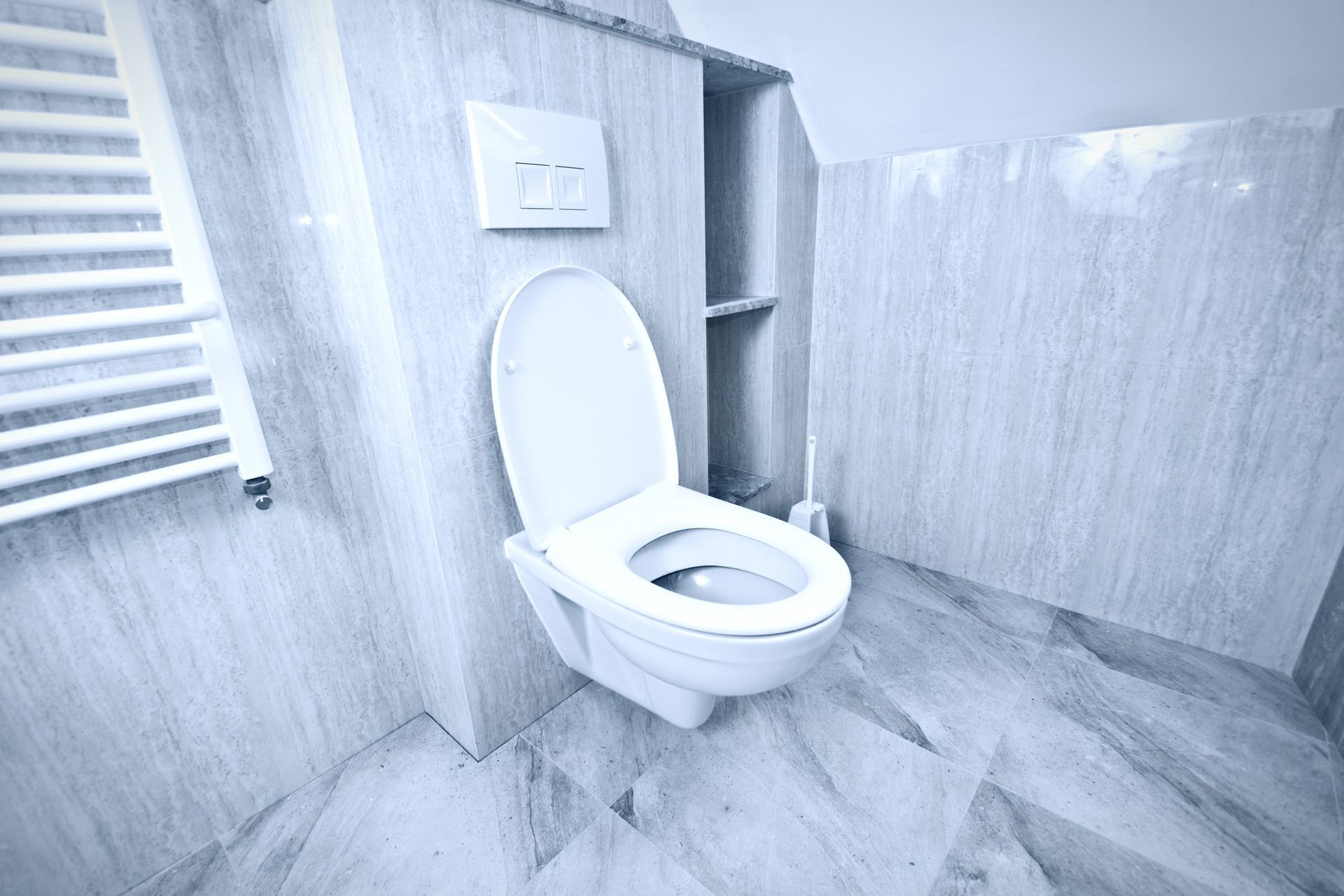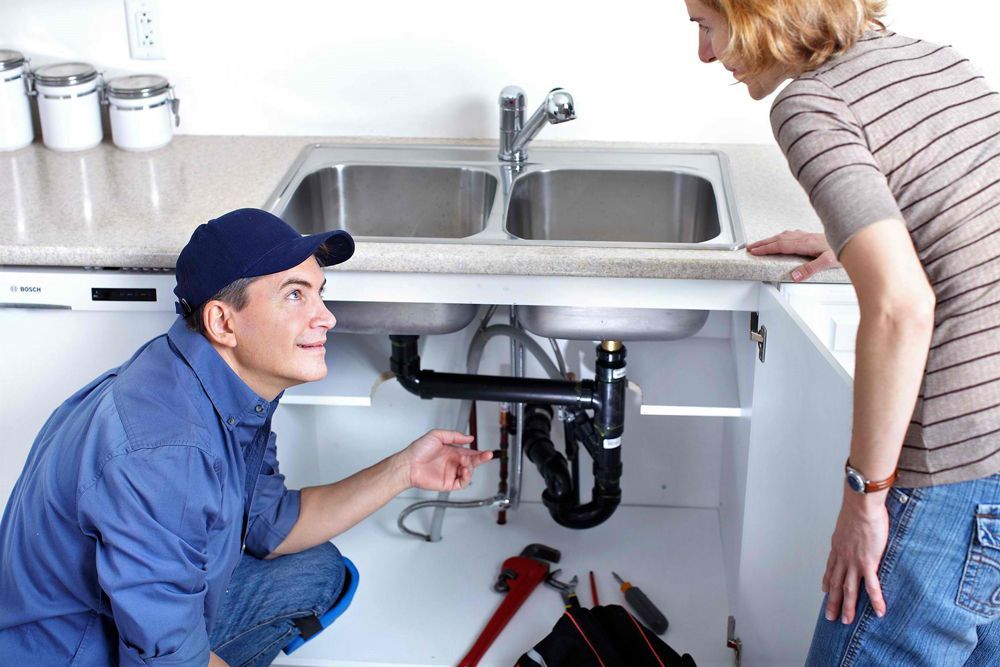How to Replace a Toilet Flapper: Step-by-Step Guide
Replacing a toilet flapper is a straightforward yet essential plumbing repair that every homeowner should know. A faulty flapper is one of the most common causes of a running toilet, which can waste hundreds of gallons of water and increase your utility bills. This comprehensive, step-by-step guide will walk you through the process of replacing a toilet flapper, offer troubleshooting tips, and connect the importance of broader plumbing maintenance, such as how to install a backflow preventer and the value of timely sump pump repairs.
Understanding the Role of the Toilet Flapper
The toilet flapper is a rubber or plastic valve at the bottom of the toilet tank. Its main function is to seal the flush valve opening, holding water in the tank until you flush. When you press the handle, the flapper lifts, allowing water to rush into the bowl and complete the flush. Over time, flappers can become warped, cracked, or covered with mineral deposits, preventing a proper seal and causing the toilet to run continuously.
Signs You Need to Replace the Flapper
Common signs of a failing flapper include a toilet that continues to run after flushing, water trickling into the bowl, or needing to hold down the handle for a full flush. If you notice any of these symptoms, it’s likely time to replace the flapper.
Step 1: Gather Your Supplies
Before starting, you’ll need a new toilet flapper that matches your toilet’s make and model. It’s helpful to bring your old flapper to the hardware store for comparison. Other supplies include rubber gloves, a towel or sponge to soak up excess water, and a small bucket. Taking a quick photo of your current setup can serve as a helpful reference during reassembly.
Step 2: Turn Off the Water Supply and Drain the Tank
Locate the shutoff valve behind the toilet and turn it clockwise to stop the water flow. Flush the toilet to drain most of the water from the tank. Hold down the handle to remove as much water as possible. Use a sponge or towel to soak up any remaining water in the tank for a clean workspace.
Step 3: Remove the Old Flapper
Disconnect the flapper chain from the flush handle lever. Remove the flapper by slipping its side ears off the pegs on the flush valve or sliding the ring off the overflow tube, depending on your toilet’s design. Take a moment to inspect and clean the flush valve seat with a scouring pad if there is any mineral buildup or roughness, as a smooth surface ensures a better seal for the new flapper.
Step 4: Install the New Flapper
Attach the new flapper to the flush valve by hooking the ears onto the pegs or sliding the ring over the overflow tube. Connect the chain to the flush lever, allowing about half an inch of slack. Too much slack may prevent the flapper from lifting fully, while too little can stop it from sealing properly. Center the flapper over the flush valve opening for an effective seal.
Step 5: Restore Water Supply and Test
Turn the water supply back on by rotating the shutoff valve counterclockwise. Allow the tank to refill, then perform a test flush while the tank lid is off. Watch to ensure the flapper rises completely and settles back down to create a watertight seal. Adjust the chain length if necessary. Flush several times to confirm the repair and check for leaks or running water.
Troubleshooting Common Issues
If the toilet continues to run after replacing the flapper, the chain may be too long or too short. Adjust the length so the flapper can close fully without excess slack. If you still experience leaks, double-check the flapper’s alignment and the condition of the flush valve seat. Persistent problems may indicate a need for a new flush valve or further inspection by a professional plumber.
Broader Plumbing Maintenance Considerations
While replacing a toilet flapper is a simple DIY task, it’s also a reminder of the importance of regular plumbing maintenance. For example, learning how to install a backflow preventer is crucial for protecting your home’s water supply from contamination, especially if you’re undertaking a major renovation or upgrading your plumbing system. Backflow preventers must be installed in accessible locations, above potential flood levels, and in compliance with local codes to ensure safe and effective operation.
Similarly, maintaining other critical plumbing components, such as your sump pump, is vital for preventing basement flooding and water damage. Regular sump pump repairs and maintenance—such as cleaning the sump pit, testing the float switch, and ensuring backup power—can save you from costly emergencies, particularly during heavy rainfall or snowmelt.
Conclusion
Replacing a toilet flapper is a manageable project that can resolve a running toilet and save water. By following these step-by-step instructions—turning off the water, removing the old flapper, installing the new one, and testing your repair—you can restore your toilet’s efficiency and avoid unnecessary expenses. Remember, regular plumbing maintenance, including tasks like learning how to install a backflow preventer and scheduling sump pump repairs, will keep your entire system running smoothly and protect your home from unexpected problems. If you encounter persistent issues or are unsure about any repair, don’t hesitate to consult a licensed plumber for professional assistance.











